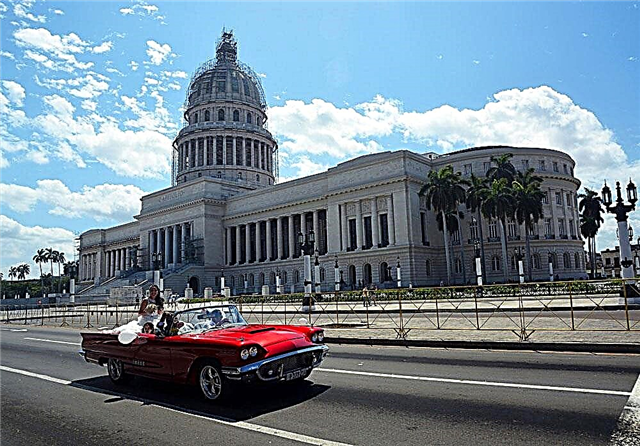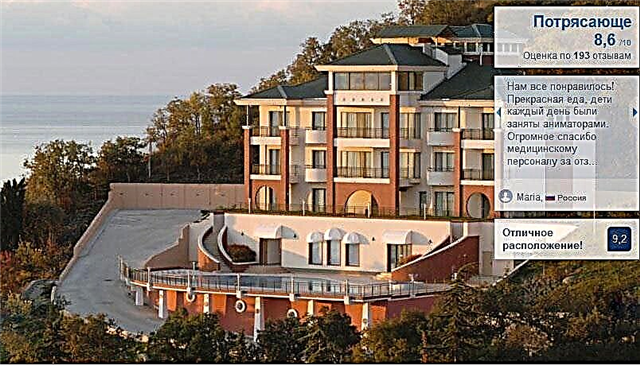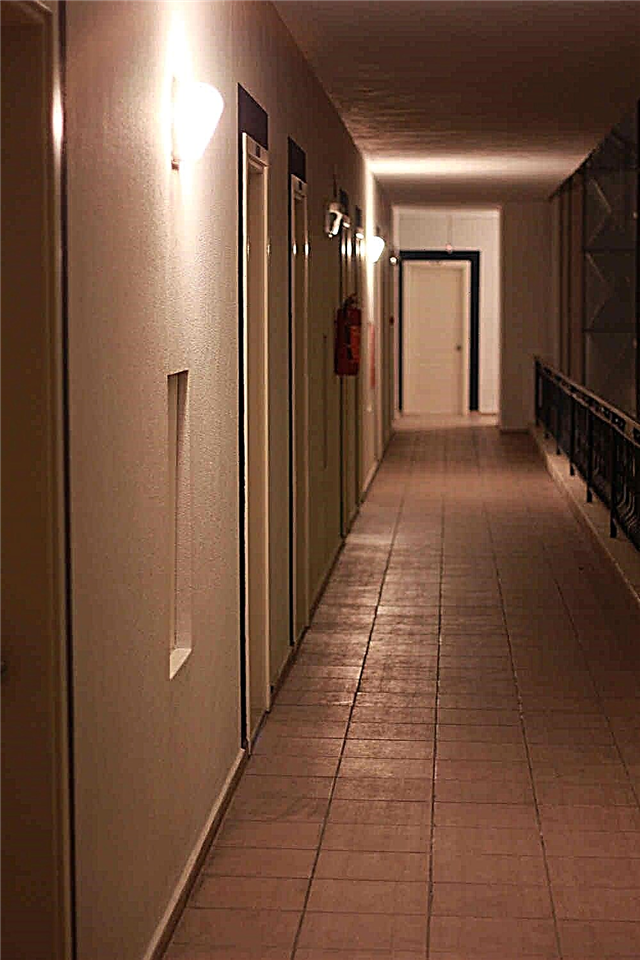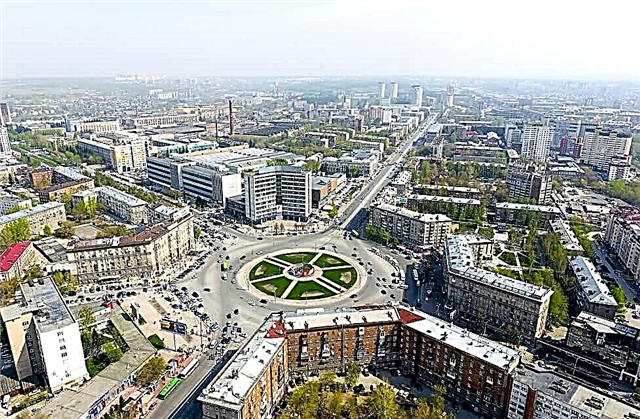The territory of the modern Novosibirsk region was annexed to the Russian state in the 16th-17th centuries. It was mastered by the Cossacks and peasants who were resettled. Due to the large amount of minerals, the region has developed rapidly throughout its history. During the Soviet period, a large number of industrial enterprises were founded, which became the centers of future cities.
The settlements of the Novosibirsk region often arose around oil refineries and metallurgical plants. Their most rapid development occurred during the Soviet period. Thanks to the development of enterprises, houses of culture, museums and a large number of memorials were opened in cities. They are dedicated to the history of the Novosibirsk region, its development and the exploits of its inhabitants.
The largest cities in the Novosibirsk region
List of the largest cities in terms of population in the region.
Novosibirsk
The city was founded in 1893. Initially, Novosibirsk was a small transport hub on the Siberian Railway. After the opening of its new site in 1915, a period of rapid development began in Novosibirsk. Today the city is the third largest in Russia in terms of population. A large number of theaters, art galleries, planetariums and other attractions are located here. Novosibirsk is a large cultural and economic center of Siberia.
Population - 1 625 631 people (2020).

Berdsk
The city was founded in 1716 to protect the population from the raids of local peoples. The industrial development of the city took place in the post-war years. A radio factory was built here, which became the main enterprise in Berdsk. Due to the creation of the Novosibirsk reservoir, part of the city was flooded and rebuilt. Today, a large number of architectural monuments of the 19th and 20th centuries, tourist centers and museums have been preserved here.
Population - 103 thousand people.

Iskitim
The first settlements, which later expanded into a modern city, were founded in 1717. Iskitim began to develop actively in the first half of the 20th century, when deposits of limestone and shale were discovered here. Soon a cement plant was built near the city. There are several industrial enterprises operating in Iskitim these days. The city has built several houses of culture and large museums dedicated to the history of the region and victims of political repression.
Population - 57 thousand people.

Kuibyshev
The city was founded in 1722 to protect the Russian population from the raids of the Siberian peoples. Until the 19th century, it remained an underdeveloped small town, but by 1895 a butter factory was founded here. Soon Kuibyshev became a major center for the production of oil. Today, a large number of architectural monuments of the 19th century are located here. Many churches and trading houses have survived in the city.
Population - 44 thousand people.

Ob
The city was founded in 1934. During the war years, an aviation regiment of the Red Army was based here. The industry and infrastructure of the city is underdeveloped. The only branch of the Ob economy, in which large enterprises are present, is air transportation. There are several schools and kindergartens in the city. The main attraction of the Ob is a museum dedicated to the heroes of the Great Patriotic War.
Population - 29 thousand people.

Barabinsk
The city was founded in 1893 as a station on the Trans-Siberian Railway. Today Barabinsk is a major transport hub. The city's enterprises are mainly in the food and light industries. The main attractions of the city are the local history museum and monuments dedicated to railway transportation.
Population - 29 thousand people.

Karasuk
The city was founded in 1915, next to the railway station. Today, hundreds of thousands of tons of various cargoes pass through Karasuk every year. There are several food processing enterprises in the city. Several architectural monuments of the early 20th century have survived in Karasuk. Also in the city there are several monuments dedicated to the Great Patriotic War, labor exploits of the townspeople and the railway.
Population - 27 thousand people.

Tatarsk
The station settlement next to the Trans-Siberian Railway was founded in 1894. By the beginning of the 20th century, Tatarsk had become a major transport hub and trade point. The population of the city increased due to the arrival of settlers. Today in Tatarsk there are several architectural monuments of the early XX century, a temple and a museum of local lore.
Population - 24 thousand people.

Toguchin
The city was founded in 1867, but the first settlements in its place appeared much earlier. Until the beginning of the 20th century, the economy of Toguchin was dominated by agriculture. Only in the 1930s a railway was built here and the city became an important transport hub. Nowadays, there are a large number of monuments and squares. They are dedicated to outstanding people and events from the history of Russia.
Population - 21 thousand people.

Cherepanovo
Until 1912, the wintering grounds of immigrants were located on the site of the modern city. It was they who became the basis of Cherepanovo. The city's economy specializes in agriculture and the production of machinery for it. In Cherepanovo, a history museum of local lore has been opened, where a large number of exhibits have been collected. Also, two temples, which are architectural monuments, have survived in the city.
Population - 19.5 thousand people.

Swamp
The city was founded in 1805. An impetus to its development was given by the transportation of goods along the Siberian highway, which passed through Bolotnoye. Nowadays, the railway passes here, which forms the basis of the city's economy. The main attractions are the Museum of Local Lore, where collections of historical exhibits are collected, and the Church of St. Seraphim of Sarov.
Population - 15.5 thousand people.

Kupino
The city was founded in 1886 as a place of residence for settlers. Soon agriculture and oil production developed in Kupino. At the beginning of the 20th century, a railway passed here, which made a significant contribution to the development of the city. Nowadays, the basis of the economy of Kupino is made by food industrial enterprises. The city has a historical museum of local lore, cinema and libraries.
Population - 14 thousand people.

Chulym
The city was founded in 1762. A large tract, connecting Siberian factories with other settlements, passed through it. Chulym developed thanks to the transportation of goods and the trips of immigrants through it. Later, a bakery was opened in the city. It continues to function today. There are several schools and a hospital in Chulym. The main attraction is the local history museum.
Population - 11 thousand people.

Kargat
The city was founded in 1746. Kargat was an outpost of the Russian Empire in Siberia. Until the 20th century, it developed as a small regional center. During the Soviet period, Kargat became a workers' settlement. Nowadays, there is a museum of local lore. Nearby there is a chapel and a temple, which are architectural monuments of the 19th century.
Population - 9.5 thousand people.

Koltsovo
The urban-type settlement was founded in 1979, next to the Institute of Virology and Biotechnology. The city is named after Nikolai Koltsov, a famous biologist and cytologist. The main enterprise of the city today is the biological center "Vector". Basic research in the field of virology and epidemiology is carried out here. Also in Koltsovo there is a business incubator and a biotechnology center.
Population - 16 thousand people.












